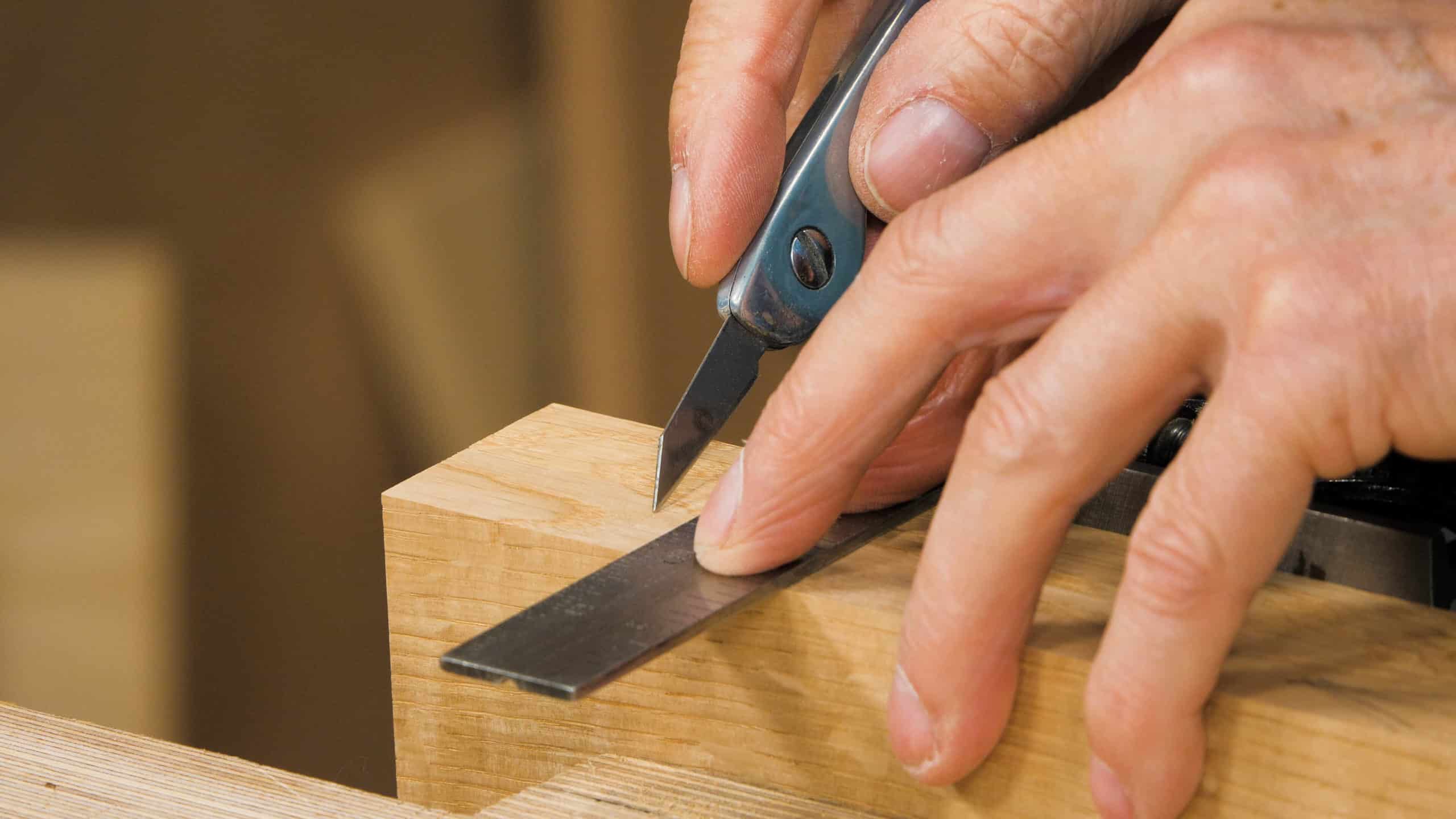Shoe Tidy: Episode 6
This is an episode in a paid series. Want to watch it? You just need to sign up as a paid member, and you can enjoy this video and many other videos we think you will love.
In this video, Paul focuses on how to fit the internal shelves and the divider, support them and then install them. Paul then moves on to laying out the lid frame, for making the mortise and tenon joinery, and ploughing the grooves to receive the panel.


Beautiful work.
And this is why I appreciate Paul’s work. He is never afraid to show an “oops” and how to fix it.
Exactly so.
It’s not what goes wrong that’s important – it’s how it is put right.
Really happy to see you’ve gone back to your old watch. Seems to align a little bit better to traditional woodworking versus the digital version you were wearing.
As always, even after watching your videos for more than five years, I am still learning and being inspired with every new project.
Thanks so much.
Mike
Would we say that generally the thickness of the panel dictates the width of the mortise? In all the carcass frames I’ve seen Paul done it seems the tenons always fit the grooves first and that makes for convenient walls when chopping the mortises.
The reason I ask is sometimes I think of a project that might have thinner plywood ‘skins’ around grooved into the frames, but I wouldn’t necessarily want thin tenons.
What is the purpose of a haunch on a tennon?
I asked Paul and his reply is below:
Usually a haunch is used in tandem with a groove and if we only cut the tennon at the end of the groove there will be a haunch. That said it is much easier to level two shoulders instead of the third a haunchless tennon would have.
The haunch on the tenon…
I don’t think there is any way with a plow plane to make a stopped groove, so unless Paul hand-chopped the groove (or gasp, used a router) the groove will be the full length of the rail. The haunch on the stile, once the stile is fitted, fills that space. It also adds a little bit of strength to the joint, not that it needs it. Did I get that right?
I really enjoy watching your projects. I always try to anticipate what tool or method you will choose to preform the next step in the project. I wanted also to ask what drives your decision to use a chisel other than a mortise chisel when you do mortises sometimes?
Who plays the guitar on your posts Paul Sellers ? And what guitar is it ?
Joseph is the guitar player and it is his guitar that he made.